"Sincerity Will Always Get Through" ー Core Principles Guiding Shin, the CPO Responsible for AI Strategy
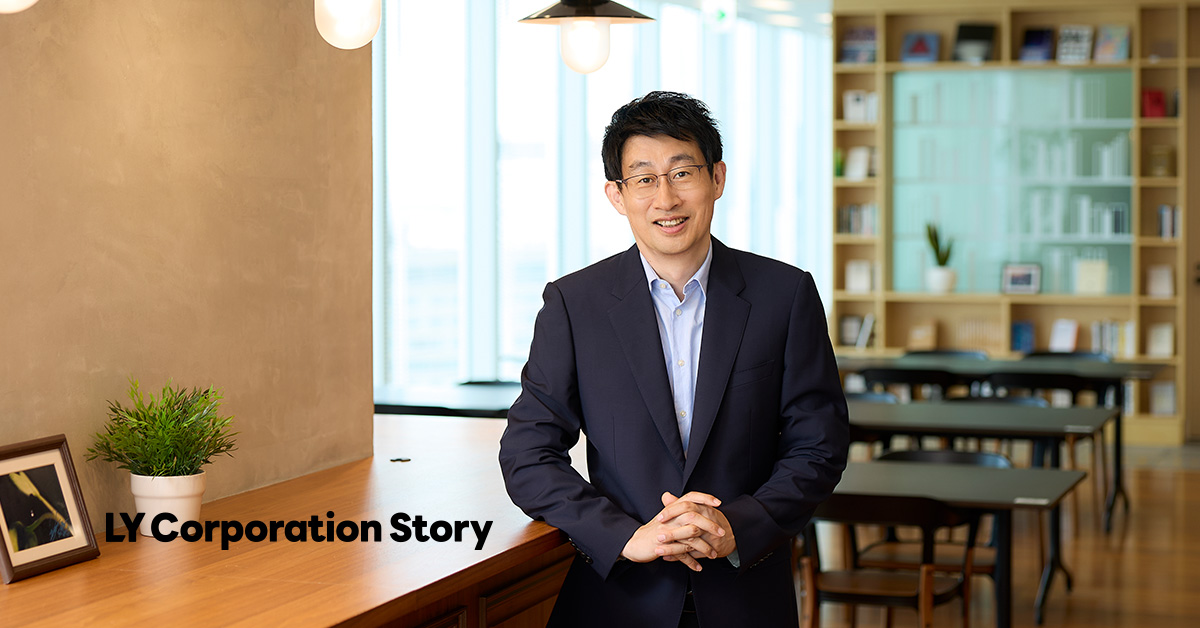
LY Corporation announced its AI agent strategy during the May 2025 earnings briefing, declaring that it will aim to become a cutting-edge AI company. Through a company-wide initiative centered on the use of generative AI, LY Corporation seeks to improve organizational productivity while integrating AI agents across all services to enhance user experience and address user challenges.
What does it take to create a market-dominant service like LINE, widely adopted by users? What kind of team structure is ideal?
We interviewed Jungho Shin, the creator of LINE and Chief Product Officer (CPO) at LY Corporation, about his professional journey and the core values he upholds as an executive leader.
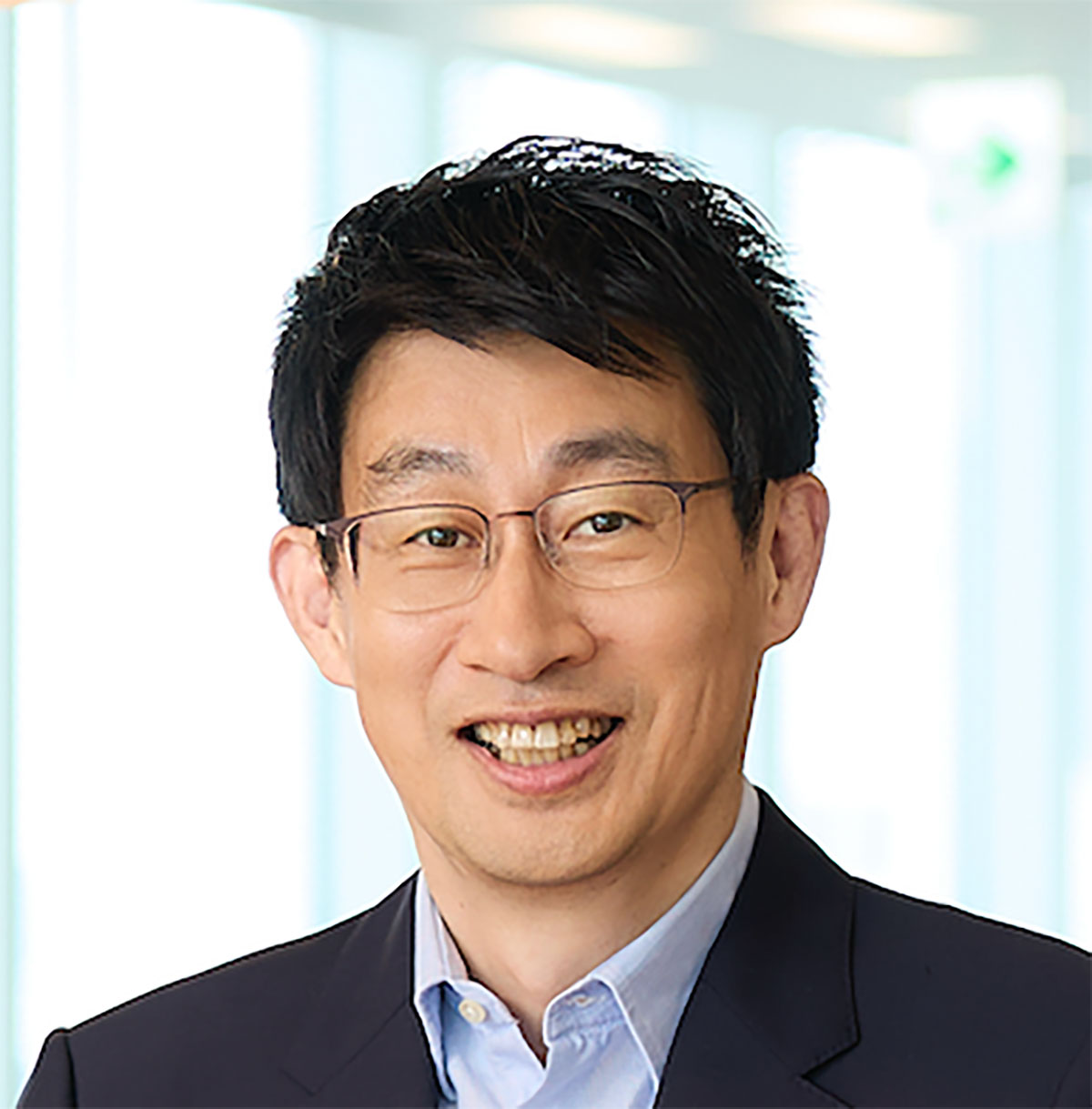
- Jungho Shin
- CPO, LY Corporation
Jungho Shin graduated from the Korea Advanced Institute of Science and Technology (KAIST) and also completed the master's program at the graduate school of the same institute. After working at the Research and Development Information Center, founded 1noon (now NAVER Corporation) in 2008 as CPO, transferred to NAVER Japan Corporation (integrated with NHN Japan Corporation in 2012), and appointed General Manager of the Corporate Planning Department. In 2014, appointed Director, CGO (Chief Global Officer) of LINE Corporation (now A Holdings Corporation). Serves as Director of LINE Plus Corporation since 2021. In 2023, appointed Representative Director, GCPO (Group Chief Product Officer) of Z Holdings Corporation (now LY Corporation). Since 2024, serves as CPO of LY Corporation, focusing on product development.
A Student Life Devoted to Research, and the Most Difficult Time in My Life
――What was your childhood and student life like?
When I was in the first grade of elementary school, I was asked what I wanted to be in the future, and I answered, "A scientist." I was a child who enjoyed creating new things and analyzing the principles and essence behind how things work.
However, since I grew up in a rural area, my teachers told me, "You can't make a living that way. If you want to be a scientist, why not aim to be a doctor instead?" I heard that over and over again until my last year of high school.
――Still, you went on to attend Korea Advanced Institute of Science and Technology (KAIST), Korea's top science and engineering university, to pursue your dream.
Yes. As an undergraduate, I majored in computer science and gradually developed a strong interest in AI. Back then, I had a strong feeling that "the age of AI will arrive within my lifetime." And now, what I imagined back then is happening.
But in those days, the neural network I had built for my graduation research, a machine learning model that would form the foundation of AI, took an entire week just to run a single machine learning process.
I wouldn't be able to make a living out of this, so in graduate school, I shifted my focus to the fields of natural language processing and search, which are closely related to AI and often serve as its entry points. This was around 1996, before the advent of Google or NAVER, and when Yahoo! had only just been incorporated in the United States.
Subsequently, while continuing research on search engines at the Research and Development Information Center, I came into contact with others who shared an ambition to build a search engine. This led to the founding of 1noon, where I served as Chief Technology Officer (CTO).
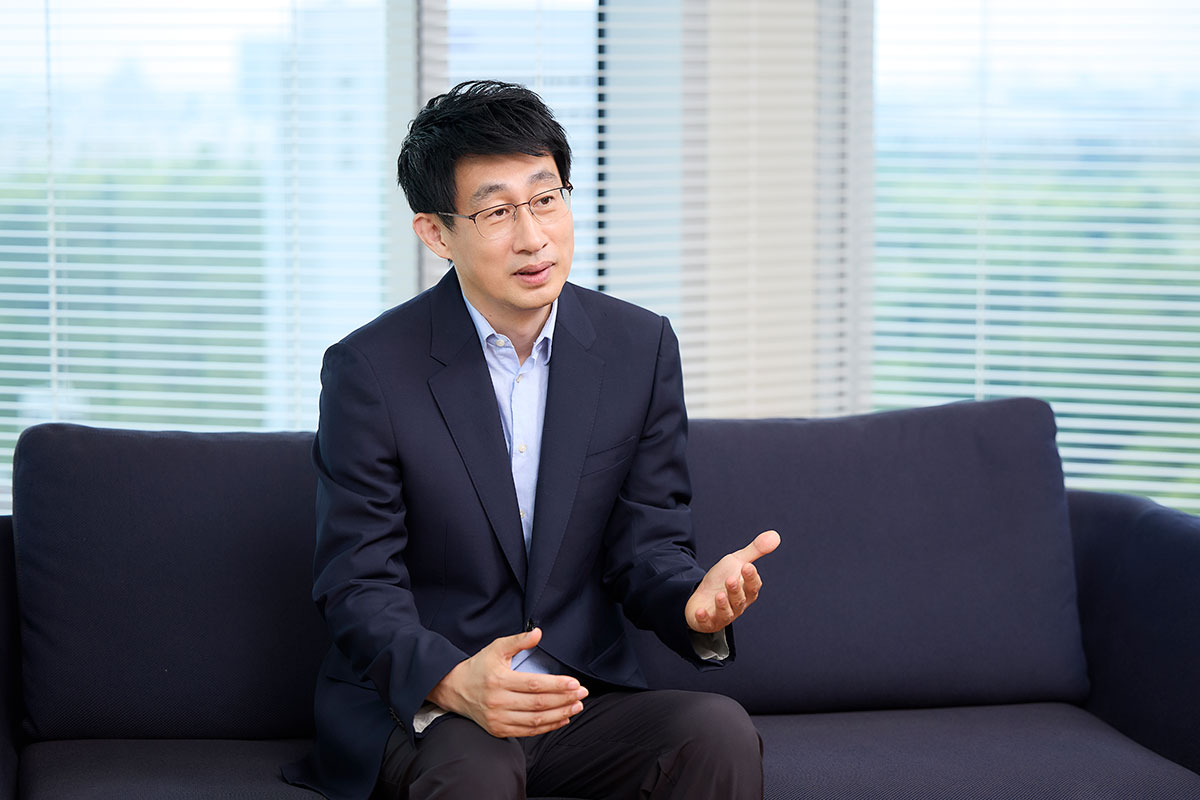
――Can you tell us more about the circumstances that led you to join NAVER, a competitor at the time?
Back then, our goal was to develop a search engine superior to NAVER, which already dominated the Korean search market. However, we realized how difficult it is to overtake a frontrunner to become No.1 and how much capital it requires.
During this period, we received M&A offers from several companies, including NAVER, which had taken an interest in our technological capabilities. After discussions with the 1noon team, we decided to join NAVER.
At the time, search technology was still a relatively niche field, and many of NAVER's founders were actually my seniors from university. When the seniors approached us and talked us into working together, we determined that NAVER provided the most promising environment to pursue our goals.
――What kind of changes did you experience when moving from a startup to a large company?
When I joined NAVER, I was suddenly appointed head of the Search Division. This sparked resistance from existing employees, who questioned why someone from outside the company was being placed at the top.
Navigating organizational integration under those conditions was one of the most difficult times in my life.
We had different programming languages and different cultures. I was eager to pursue big dreams and new challenges, but in reality, I had to face difficult issues, such as which programming language to abandon, or which person to remove from a team leader role.
That experience made me start thinking constantly about how to best integrate organizations and maximize ROI (Return on Investment).
For example, when two teams merge, simply combining them to get the effect of 1 + 1 = 2 is not enough. I began developing a mindset of seriously considering how to multiply the team's strengths and create outcomes where 1 + 1 equals 3 or more.
Path Leading to the Launch of LINE and Relocating to Japan
――What led you to move to Japan and start a business there?
The company asked me to take charge of developing the Japanese market, and I genuinely wanted to meet those expectations and make a meaningful contribution.
When I first arrived in Japan, my goal was to build a No.1 search service. Despite a determined effort to break through the stronghold established by Yahoo! JAPAN and Google, we ultimately recognized that even reaching the second position in the market would be a formidable challenge. So, we went back to square one and one of the ideas that emerged was a vertical service focused on a specific domainーNAVER Matome (NAVER Summary).*1
*1 NAVER Matome was a curation service that allowed users to collect and organize online information and share it as themed "summaries." From its launch in 2009 until its termination in 2020, the platform hosted about 1.8 million summaries and generated 171.8 billion page views.
――At the time, NAVER Matome quickly gained recognition as a new service that captured a wide range of user needs.
User-generated services were something that major foreign tech companies struggled to implement. Our ability to understand user needs and our agility gave us the confidence that only we could develop this kind of service. Moreover, compared to the existing search business, the competitors in this field were smaller and there was room for growth.
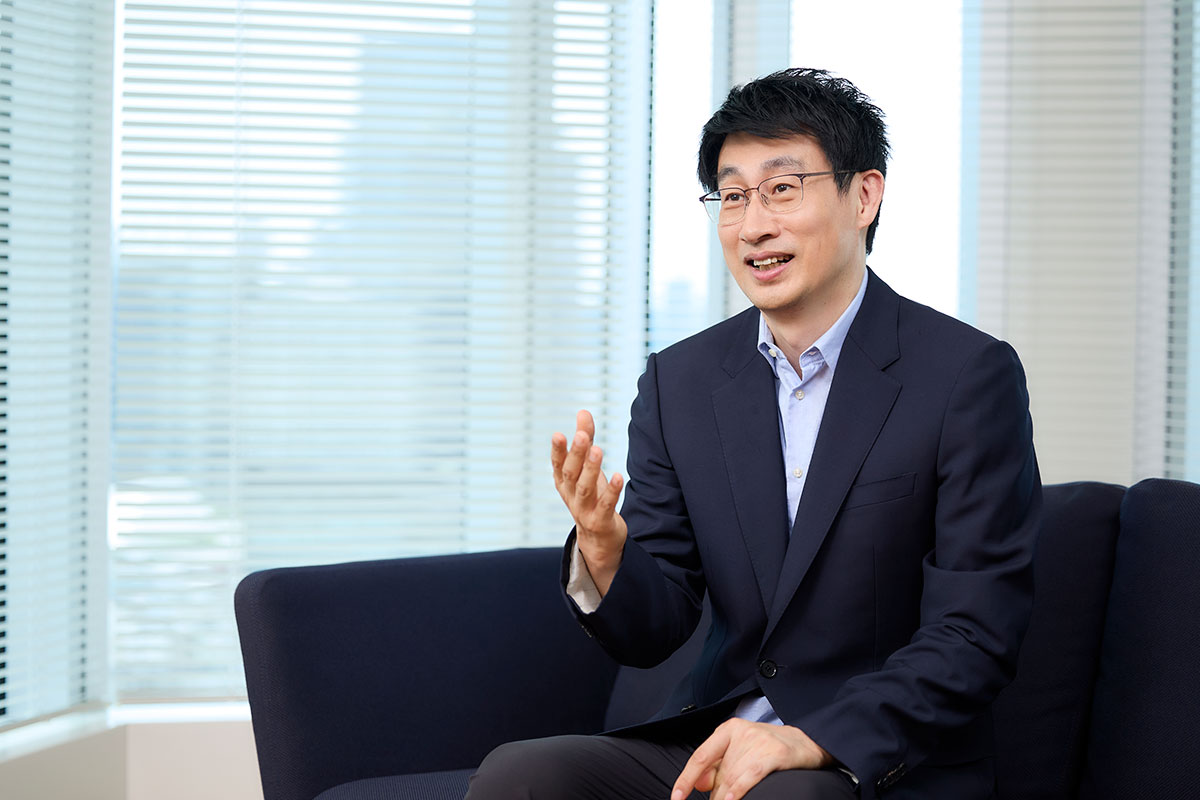
――Was it through that trial and error that led to the birth of LINE?
Exactly. After going through the 3.11 earthquake (Great East Japan Earthquake), I strongly recognized the critical role communication plays in times of disaster. That's when I concluded that a messenger service was needed now more than ever, and began development.
At the time, our team had only worked on search services, so people at NAVER questioned whether we could do it and who would even use such a messenger. But I was confident there was a real user need.
Although services such as Skype and WhatsApp were available at the time, they didn't hold significant market share yet. And they were not optimized for the emerging smartphone environment.
I felt a strong urgency to be the first to capture the market so, together with my colleagues, completed development in just a month and a half.
When you don't know what's right, you need to be ready to change course frequently. In the early stages of product development, having too many people can slow down course corrections and adjustments, so a small, agile team is ideal.
After creating a prototype, our process wasn't based on top-down approval. Instead, we continually asked ourselves whether the product truly met users' needs and refined it together.
――How were you able to develop the product in such a short period of time?
It was thanks to all the trial and error we had been through. Through repeated project launches and withdrawals, our team gradually evolved into one that prioritizes speed above all else.
In terms of baseball, I believe that new businesses should aim for home runs, no matter how many strikeouts there are before the home run. The ideal field for a new challenge is one where competition is still limited but has the potential to become mainstream. The scale of the potential revenue and the value of the service that can be offered are critical factors in making judgements.
What truly matters is not what we want to create, but whether the service will be chosen by users. Once selected and used, monetization will follow. To create latent value that doesn't yet exist in the market, we have to evolve continuously while chasing a moving targetーotherwise, we won't be able to keep up with users' needs.
The key takeaways from that success remain integral to the values of LY Corporation today: upholding the principle that "users rule," executing projects through "lean and mean teams" capable of agile and responsive action, and maintaining the professional determination to "get it done."
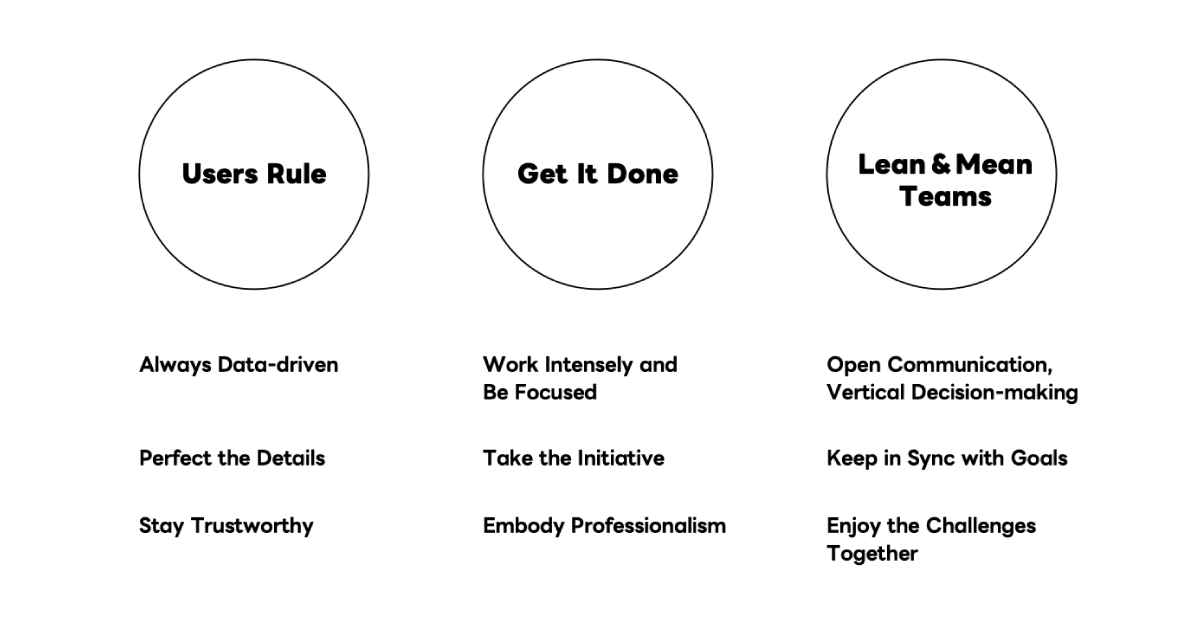
Mission and Values of LY Corporation
――Beyond the success of LINE, what other lessons have you learned about launching new services?
LINE was fortunate to become a platform with overwhelming market share. A No.1 service enjoys significant advantages over competitors ranked No.2 or below. This trend is becoming increasingly prominent across various fields while countless smartphone app services keep propping up.
But this does not mean that No.2 or No.3 can never become No.1. If one can replicate all of the strengths that define the No.1 service, and then thoroughly differentiate in areas where the leader falls short, a reversal in position becomes achievable.
The driving factors for the differentiation are WOW and and "!" (astonishment), which are emphasized at LY Corporation. We believe in refining our unique strengths that differentiate us to the point where they truly fascinate users.
In addition to our No.1 service like LINE, we also operate numerous services that are currently No.2 or No.3 in their fields. By integrating and connecting these services with AI agents, I believe we have opportunities to convert more of them into No. 1 services.
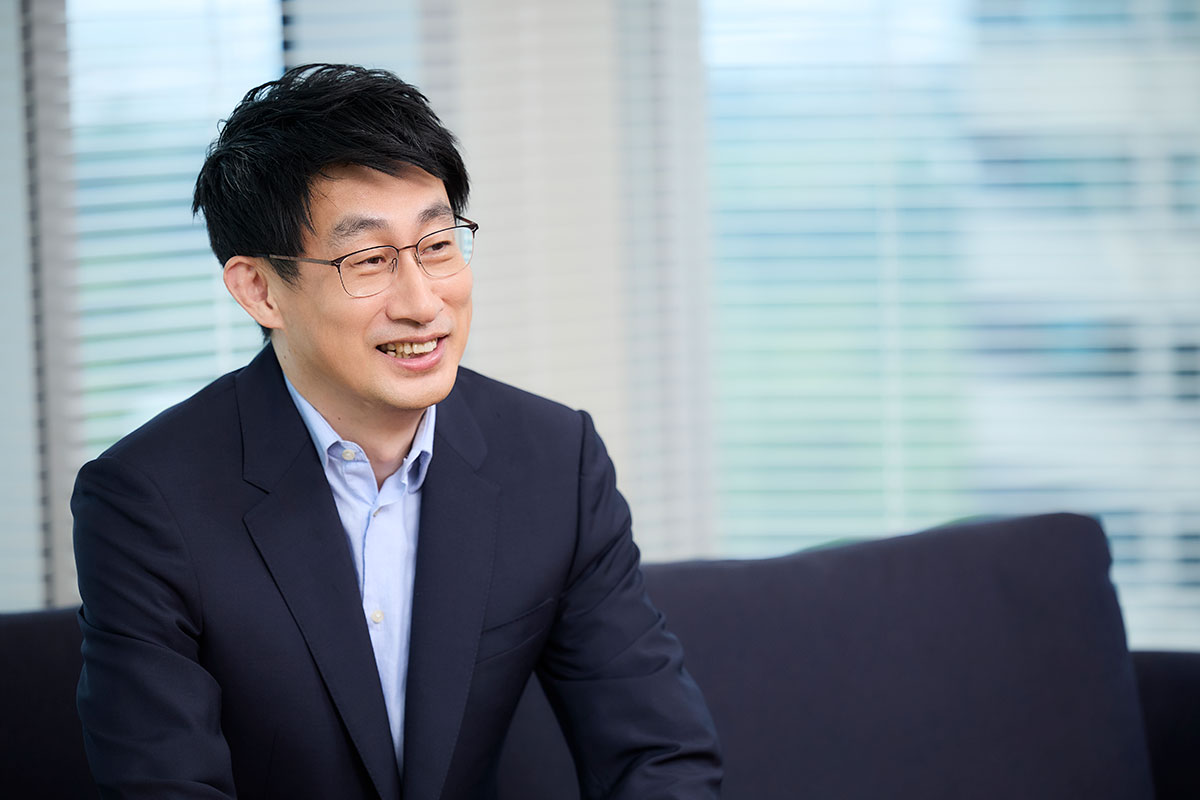
How I Aim to Lead AI Agents to Success as CPO
――You have experienced multiple organizational integrations in your career. How do you see your role as CPO?
I have been at the center of every kind of organizational integration you would find in a business textbookーfirst, being acquired by NAVER; second, acquiring livedoor; and third, the integration of LINE and Yahoo Japan. Undoubtedly, these experiences have provided invaluable lessons.
Having worked across various fields such as research, development, planning, and management, I have learned that my core responsibility is optimizationーdeciding the best solution within limited resources and constraints.
CPOs are responsible for producing products and the goal is to create services that survive in the long term.
――The AI Agent concept is currently a key strategic focus, following its announcement at the financial results presentation this year. What is your basic principle on this?
With my years of experience in AI, I felt that I needed to personally commit to AI agents and create a structure that could convince others. Having observed the evolution of AI firsthand, I'm confident in my ability to predict where things are heading.
Thus, I had direct discussions with executive members and swiftly made the decision that we must shift our mindset to one that assumes an AI agent-centric era.
From here, I am certain that our product owners and team membersーall specialists in their fieldsーwill elevate the value even further.
AI isn't something complicated. It should start with simply replacing human tasks and AI should be integrated into existing services. We already have new graduates who are AI natives, but AI is a powerful tool accessible for anyone.
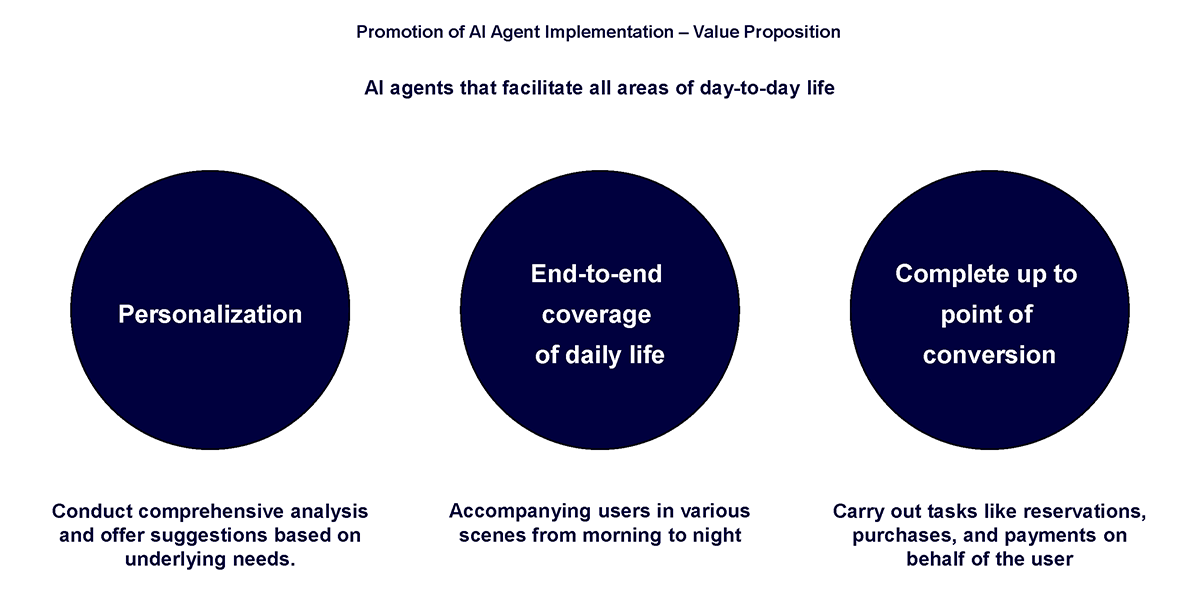
――Currently, LY Corporation offers a wide range of services. How do you decide which ones to prioritize or get involved in?
When deciding where to commit my efforts, I don't decide by scale. Instead, I ask myself whether I can make a meaningful contribution. Given that we have highly capable product owners, I focus on areas where my involvement can make contributions, while entrusting other areas to the appropriate leaders through clear delegation of roles and authority.
Prioritization is all about optimization. The key is to allocate resources in a way that maximizes overall value.
――What are LY Corporation's strengths in AI agents?
Our core strength lies in having services and domains that already encompass users' daily lives. This enables us to evolve in the extension of these services.
We have technological infrastructure, user base, and full control over every stage, from initial user contact to conversion.
AI agents enable us to better understand individual user needs, provide personalized experiences, and quickly solve a variety of user challenges.
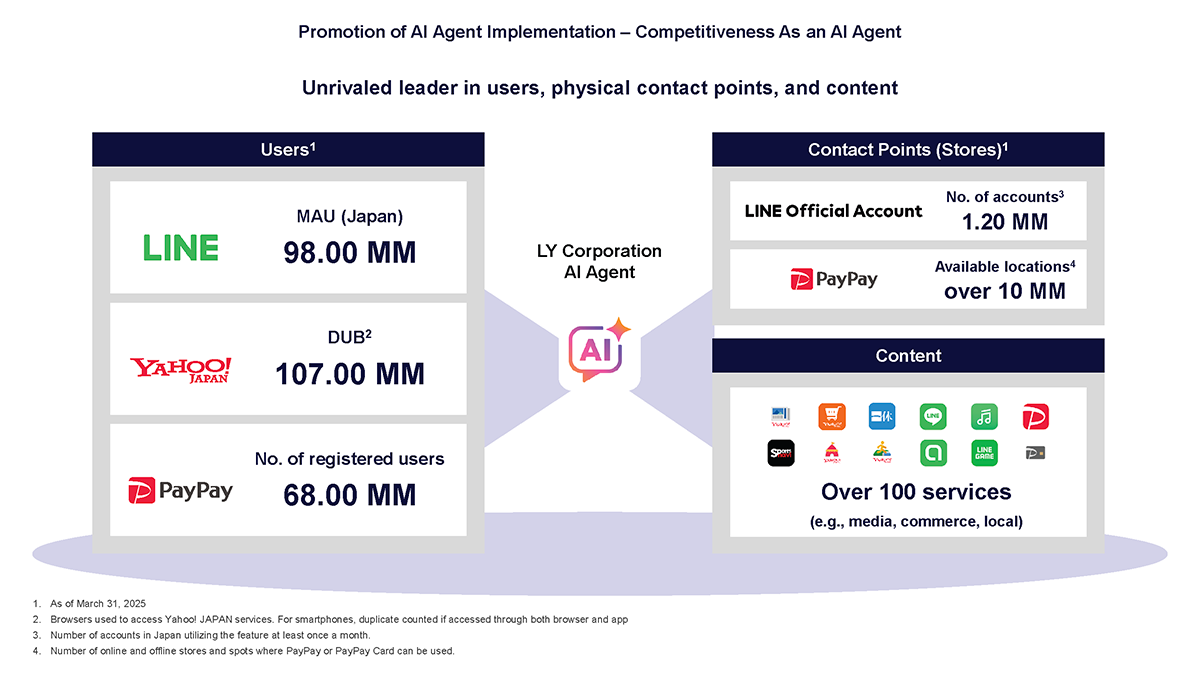
――How do you view the challenges involved?
It all comes down to speed. Achieving success will depend on whether all employees and in-house companies can understand the importance of AI and the paradigm shift currently taking place, and whether they can embrace trial and error without fear of change. Our company has the environment to make that happen.
That is why I am fully committed to contributing as much as I can. My role is to make quick decisions. Once we decide on the overall AI strategy for creating services that will be chosen by users, it is just a matter of how to implement the strategy.
However, speed alone is insufficient if the services are not chosen by users. For AI agents, I have been saying that we should make plans on the assumption that we will have a hundred trial and errors.
Users themselves probably do not know exactly what they want from an AI agent yet, so the key is to create an open, in-house process: sharing prototypes, gathering blunt feedback, and repeating improvements. The real test is how fast we can repeat that process in the limited time we have.

Trust That Sparks Constructive Conflicts for Users Leads to Better Products
――As CPO, you must have to make a lot of decisions. Do you follow any guiding policies?
I feel absolutely no shame in correcting my own statements. It's far more concerning to stick with instructions made from my flawed decisions. I believe my strength is being able to quickly acknowledge mistakes and revise courses when necessary.
That is why I want employees to offer critical feedback without hesitation, rather than trying to read my mood or stay silent.
――You once mentioned that as organizations grow, it becomes harder to adapt and innovate, yet change and challenge are essential.
It's a tough issue. Just like the dinosaurs went extinct, only those that can evolve quickly in response to change will survive. And this is also true in business, and in the corporate world. That's why it is so important to embrace change and keep challenging without fear.
――Is there anything else you prioritize when building teams, or anything you want to convey to the employees?
LY Corporation has a lot of talented and genuinely good people. Having a good character is a must-have in hiring, but for improving products and for the growth of the organization and each other, it's also vital to give honest feedback. Sometimes, that means someone has to play the "bad guy" in an organization.
I want to build a culture where people can go head-to-head, passionately debate from a users-first perspective, challenge each other, and still maintain mutual trust.
――As the entire company takes on big challenges, what do you want to keep in mind?
I tend to give my honest opinions. It's not about who's right or wrong. Everybody has a different role, and sometimes there are misunderstandings. But it's my belief that if you speak the truth and stay sincere, people will understand you in the end.
Creating services that deliver WOW! to our users―if we all sincerely work together in one direction for this purpose and demonstrate our individual expertise, I am confident that our passion will be conveyed to our users.
Interview date: May 14, 2025
*The affiliations and titles in the article are as of the time of the interview.

- About The LY Corporation Story
- Making daily life more convenient and exciting for everyone.
As our corporate blog, The LY Corporation Story will share the inside story behind the challenges that we take on to create WOW! as well as the thoughts and feelings behind them.


